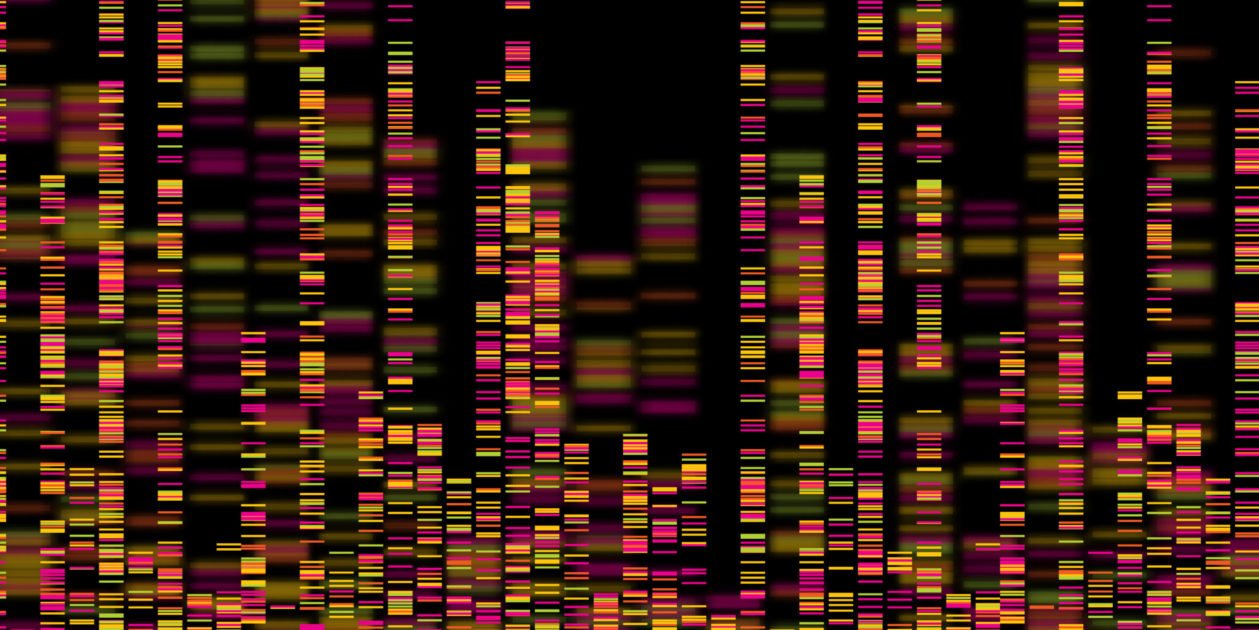As we grapple with the COVID-19 pandemic, we will eventually have to face a difficult truth: this situation could have been avoided if we had invested more in existing tools for infectious disease surveillance. It is already widely known that in 2018, the Trump administration shut down a pandemic response unit that had been part of the National Security Council.
Whether that unit could have detected the novel coronavirus threat and taken action before it became a pandemic will never be known. But what we do know is that genome sequencing tools, if properly deployed, could help us spot the next threat—and perhaps even give us the chance to create a repertoire of vaccines for viruses that have not yet emerged as human pathogens.

If we’re to have any chance of snuffing out pandemics before they get going, we have to look at how they start. Many of the viruses that have broken out among humans in the last several decades have been zoonotic, meaning they were first harbored in animals before they crossed over to human hosts. While a broad array of animals can be carriers, some of the most dangerous pathogens have come from bats.
That’s why it’s so important to conduct routine surveillance—in the form of genome sequencing—at places where humans interact with bats and other animals. Techonomy recently reported on a CDC team that monitors for influenza strains at pig shows, live animal markets and other venues. Sequencing the viruses found in animals gives us critical information about what might be coming our way next.
That information could also give us a head start on designing vaccines based on a genome sequence. We have the technology today, for instance, to take a sampling of bat populations most likely to come in contact with humans, sequence every virus they carry and begin designing vaccines to those viruses. This would not be a perfect system. Viruses mutate rapidly, and by the time one of those bat-based viruses made the leap to humans, it might have evolved enough genetic mutations that the original vaccine design would no longer work. And even a good vaccine candidate would still have to go through trials once the pathogen crossed over to humans. That would take time. But as we hunker down in our homes, hearing that a vaccine for the virus responsible for COVID-19 may not be available for a year or more, the idea of proactively creating a stable of vaccine designs based on genome data is appealing.

Even after a virus crosses from an animal to a human, genome sequencing has much to offer. When that first person gets sick from a new virus, he or she goes to a hospital, where technicians run a battery of diagnostic tests to figure out what’s wrong. But all diagnostic tests available today have the same flaw: they can only look for something that’s already known. By design, these tests cannot detect never-before-seen pathogens. But genome sequencing can. Protocols already exist that would enable us to routinely collect a sample from patients with certain symptoms, remove all the human DNA, and sequence what’s left. This approach could offer the first warning that something new has made its way into a person—giving healthcare workers and infectious disease experts precious time to act before the new virus had time to infect so many people that it could not be stopped.
Modern healthcare guidelines today tend to reserve this kind of sequencing as a method of last resort, the tool that’s brought out only when everything else has failed. But flipping the script would give us the opportunity to spot new pathogens. It wouldn’t have to be done everywhere, or for all people. Implementing it strategically—for example, in a town that’s hosting a pig fair or in hospitals near popular live-animal markets—would be a good start. This approach could make it possible to sound the alarm much sooner than we can today.
The COVID-19 pandemic is giving all of us a master class in the consequences of responding too slowly to an emerging infectious disease. As we consider what can be done to head off this kind of crisis in the future, we should seize the opportunity to design better surveillance protocols based on genome sequencing.
This story was originally published on Techonomy.






